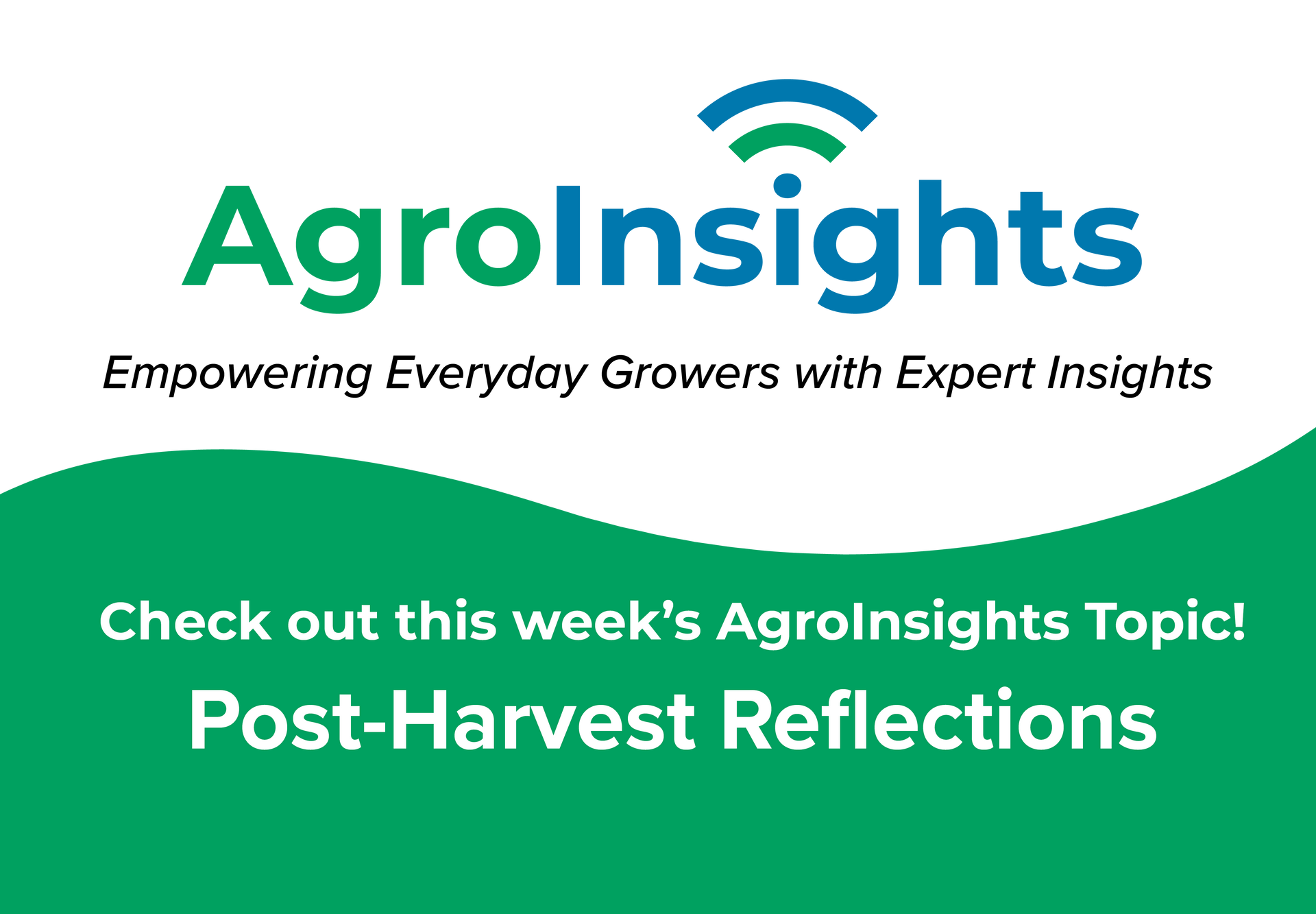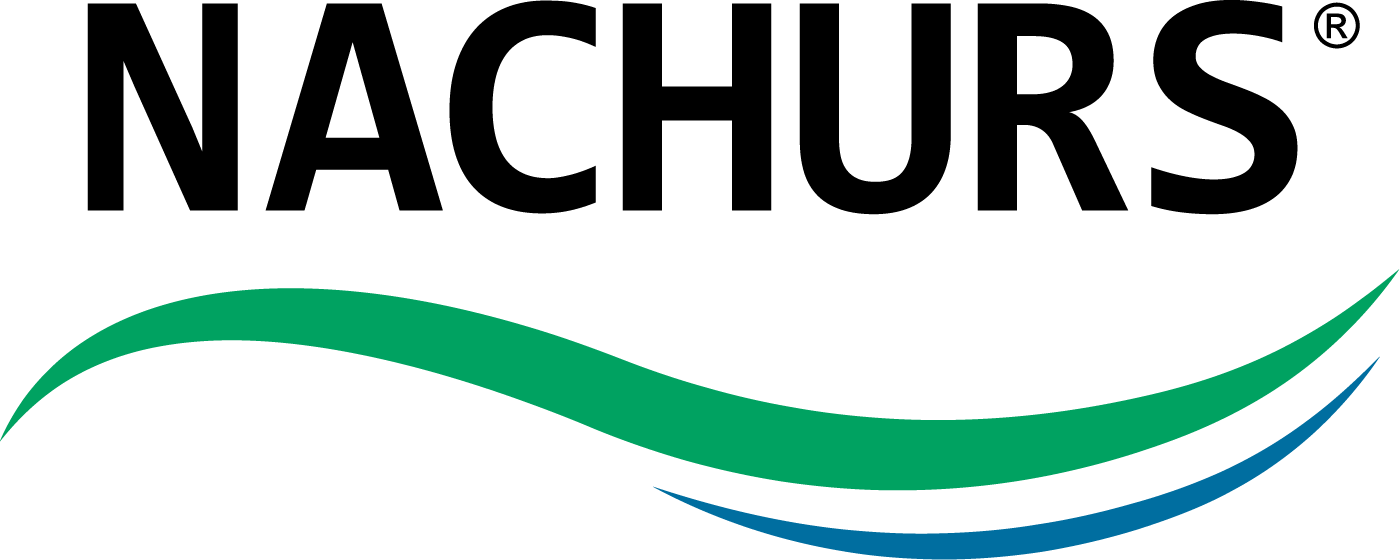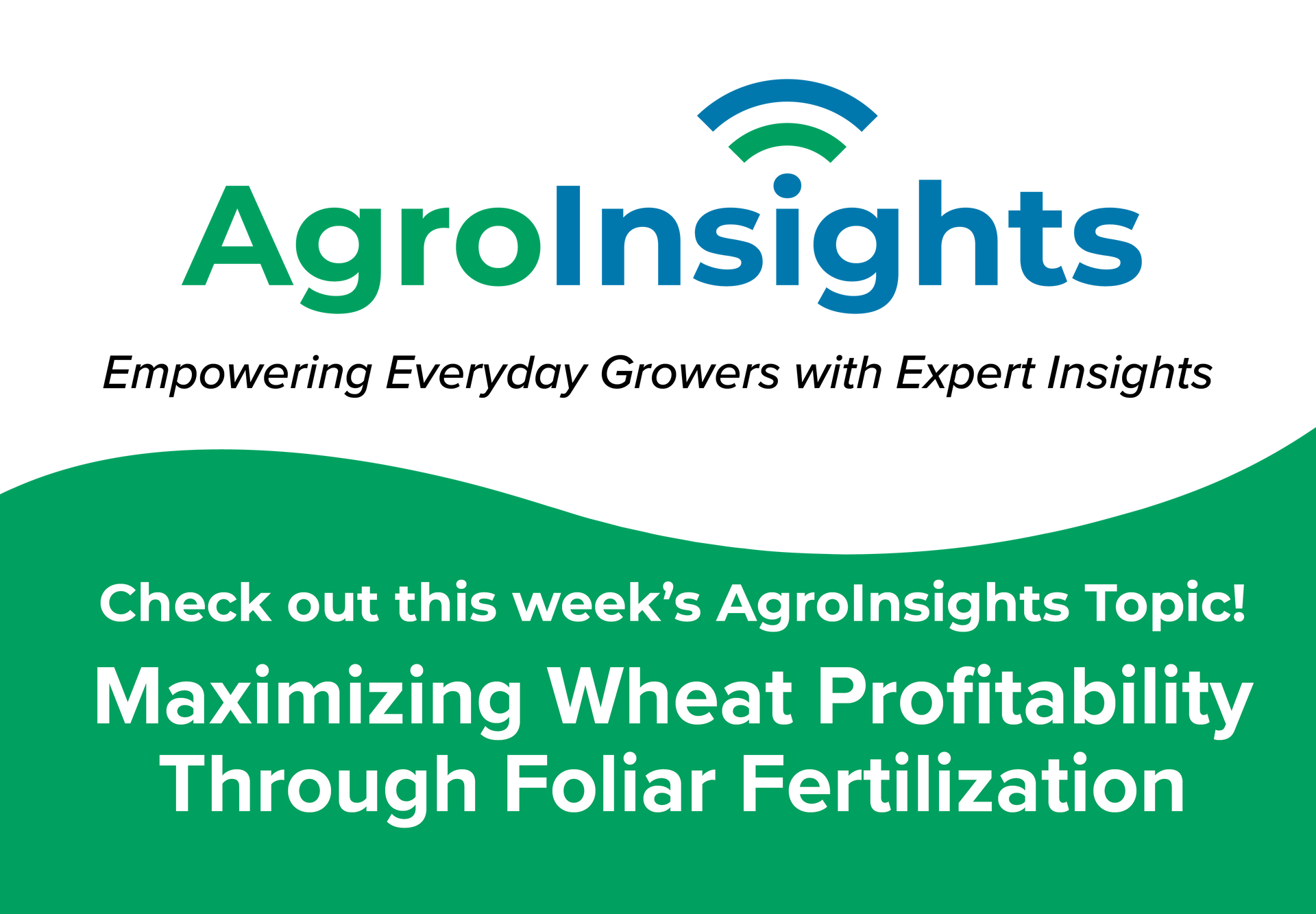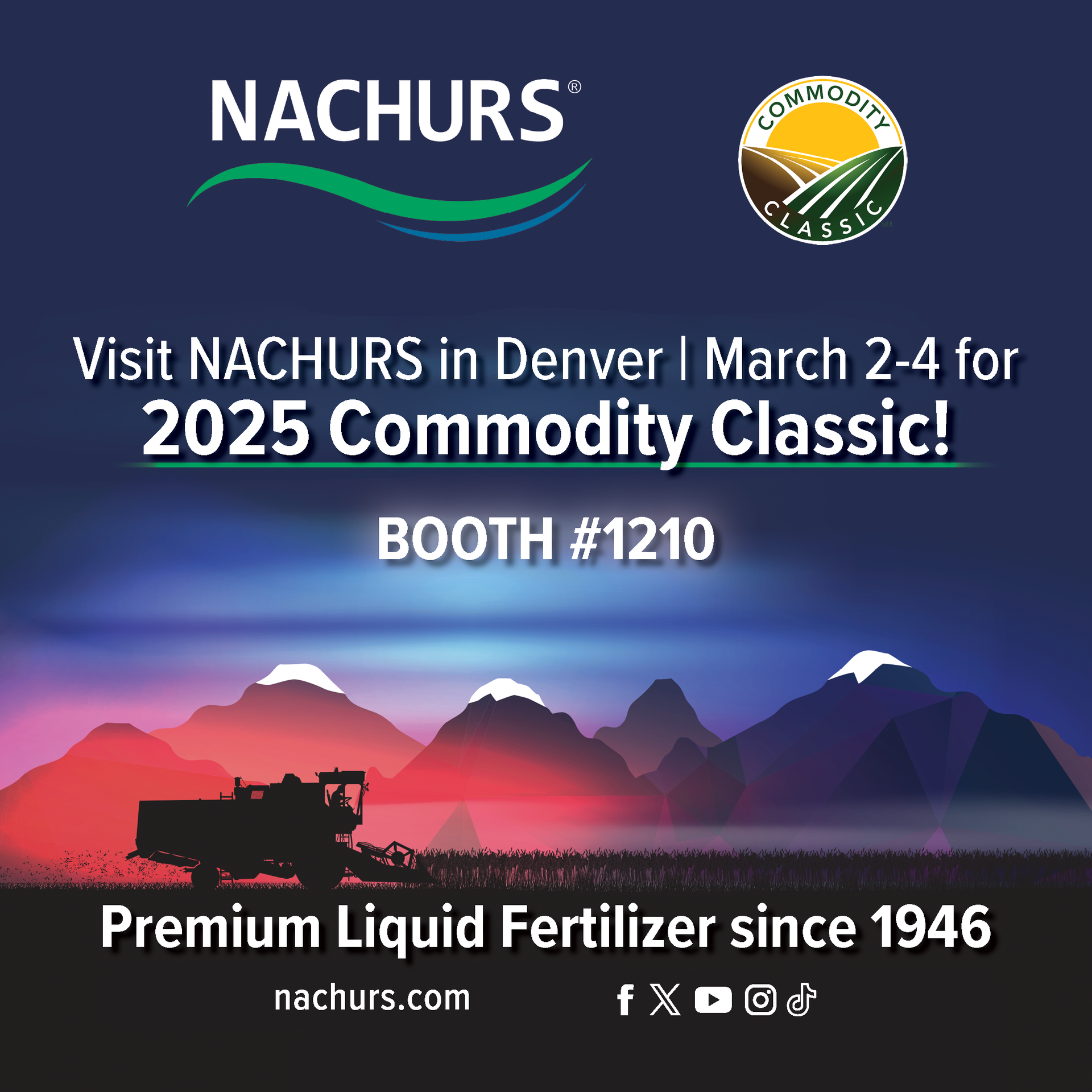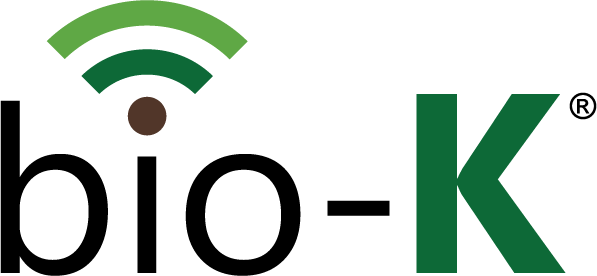Phosphorus Application: Timing is Everything (Almost)
Wait! How can this be? Phosphorus is immobile. We may lose a little phosphorus with our topsoil when we have extreme rain events but we won’t lose the applied phosphorus to volatilization and we won’t lose it to leaching. If we are concerned about phosphorus availability can’t we just apply it in a band to prevent binding with cations in the soil and move on to more important things? Traditionally, that is exactly what we have done: Apply phosphorus prior to the crop season and move on – but there may be a better way! Let’s look at the way a crop uses phosphorus. An article in Better Crops (2013) by Bender et, al. is very clear that a corn plant takes up phosphorus at a steady rate all the way until R6. In fact they found that a corn plant takes up more than 75% of the phosphorus it uses after V10 (Figure 1). If you are honest, you will have to admit the difference between when the crop is taking in phosphorus and when we are applying phosphorus simply don’t add up! Now let’s look at the likely-hood that traditionally applied phosphorus fertilizer is going to be utilized by the growing crop. Research has shown that soil type and soil pH play a huge role in recovering phosphorus from fertilizer applications (Figure 2). In soils with high clay content and high pH farmers may only be recovering 25% of the phosphorus fertilizer applied, meanwhile in very low pH soils aluminum may be binding even greater amounts of phosphorus! The good news is that evidence is beginning to support splitting phosphorus applications to gain greater efficiencies. A recent NACHURS fertilizer study with Kansas State University yielded 32 more bushels (278 vs. 246) of corn by reducing preseason phosphorus application by 12 lbs of P205 and then applying the “saved” 12 lbs in season. Likewise a recent Encirca field experiment in Texas yielded 24.5 bushels more corn by applying phosphorus with “Y drops” at V14 compared to nitrogen only applied at this time (112.7 bu vs 88.2). These results really should not come as a surprise. We have long seen the benefits from foliar applications of phosphorus. These foliar applications are simply another way of moving phosphorus into crops in a more efficient manner. We are witnessing a great number of advances in crop production fertility systems. Old thought processes would have farmers believe that since phosphorus is relatively immobile it may be applied at any time during the year. However, new discoveries may change that perception. New chemistries and new practices will help reduce environmental impact and improve production and profitability. Figure 1: Total maize P uptake and partitioning across four plant stover fractions and grain tissues.Figure 2: Fixen, P.E., and A.D. Halvorson. 1992. Land tenure effects on phosphorus management. - Wayne Becker, US South Regional Sales Manager
Wait! How can this be? Phosphorus is immobile. We may lose a little phosphorus with our topsoil when we have extreme rain events but we won’t lose the applied phosphorus to volatilization and we won’t lose it to leaching. If we are concerned about phosphorus availability can’t we just apply it in a band to prevent binding with cations in the soil and move on to more important things? Traditionally, that is exactly what we have done: Apply phosphorus prior to the crop season and move on – but there may be a better way!
Let’s look at the way a crop uses phosphorus. An article in Better Crops (2013) by Bender et, al. is very clear that a corn plant takes up phosphorus at a steady rate all the way until R6. In fact they found that a corn plant takes up more than 75% of the phosphorus it uses after V10 (Figure 1). If you are honest, you will have to admit the difference between when the crop is taking in phosphorus and when we are applying phosphorus simply don’t add up!
Now let’s look at the likely-hood that traditionally applied phosphorus fertilizer is going to be utilized by the growing crop. Research has shown that soil type and soil pH play a huge role in recovering phosphorus from fertilizer applications (Figure 2). In soils with high clay content and high pH farmers may only be recovering 25% of the phosphorus fertilizer applied, meanwhile in very low pH soils aluminum may be binding even greater amounts of phosphorus!
The good news is that evidence is beginning to support splitting phosphorus applications to gain greater efficiencies. A recent NACHURS fertilizer study with Kansas State University yielded 32 more bushels (278 vs. 246) of corn by reducing preseason phosphorus application by 12 lbs of P205 and then applying the “saved” 12 lbs in season. Likewise a recent Encirca field experiment in Texas yielded 24.5 bushels more corn by applying phosphorus with “Y drops” at V14 compared to nitrogen only applied at this time (112.7 bu vs 88.2). These results really should not come as a surprise. We have long seen the benefits from foliar applications of phosphorus. These foliar applications are simply another way of moving phosphorus into crops in a more efficient manner.
